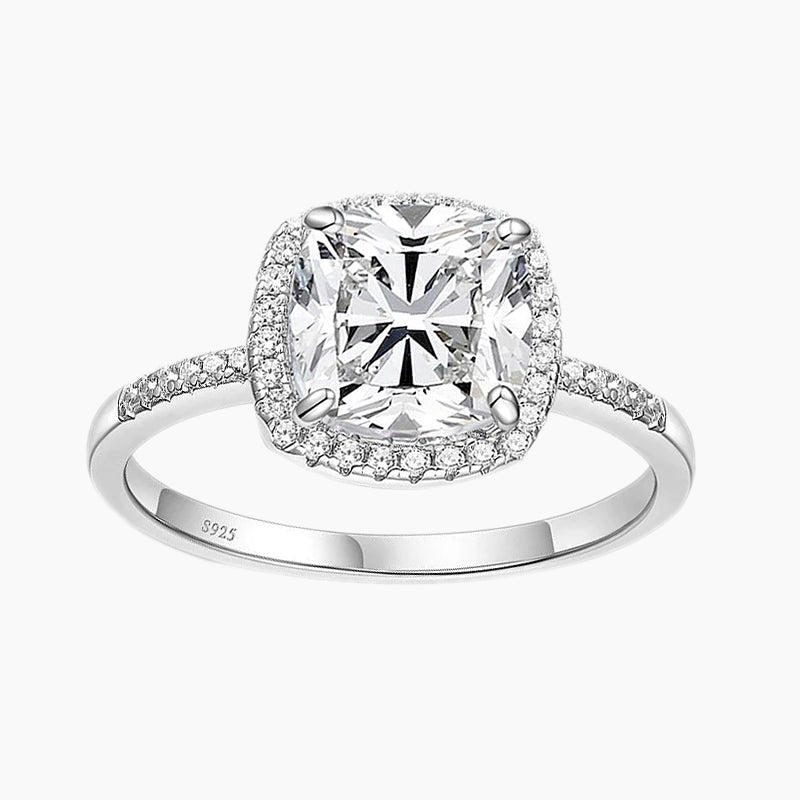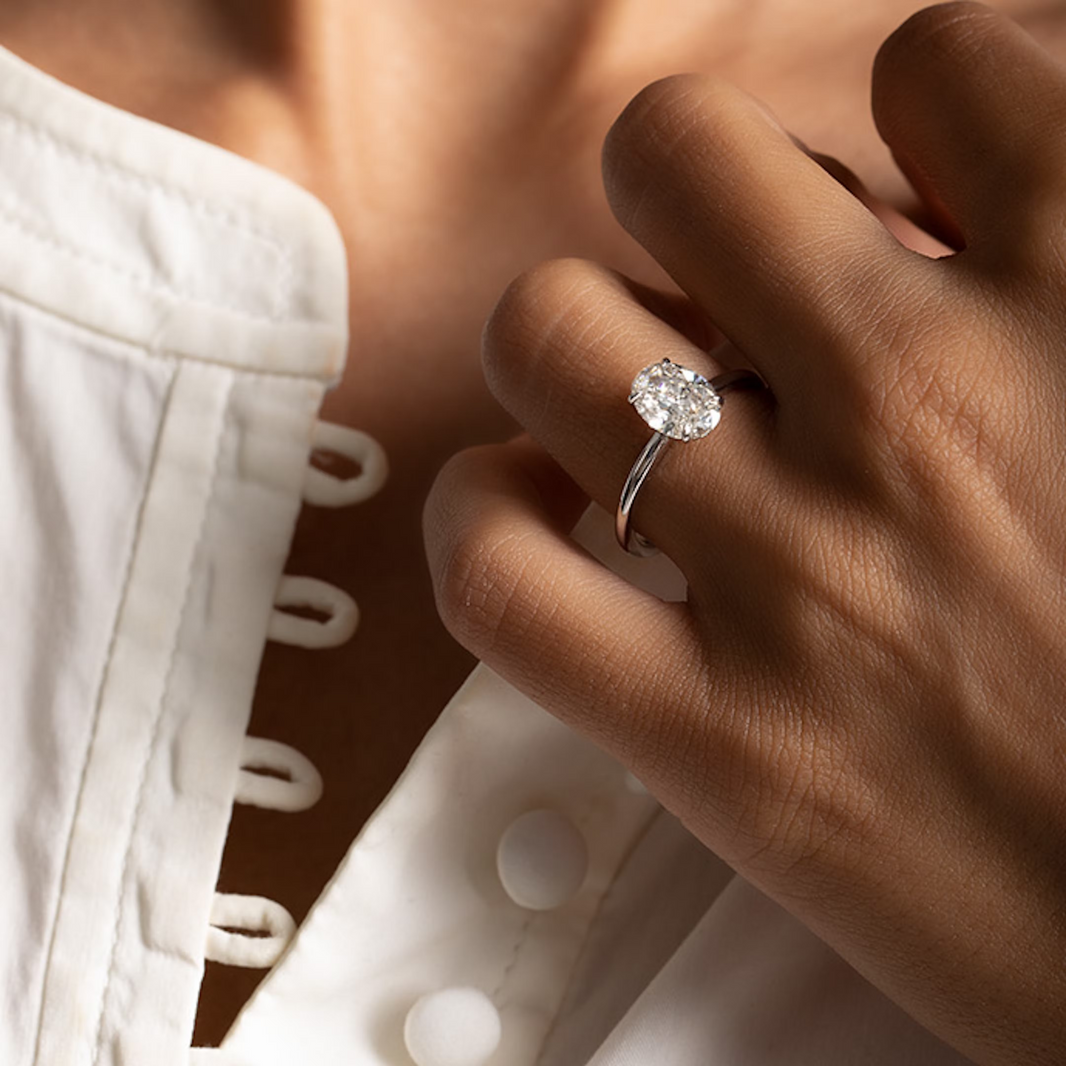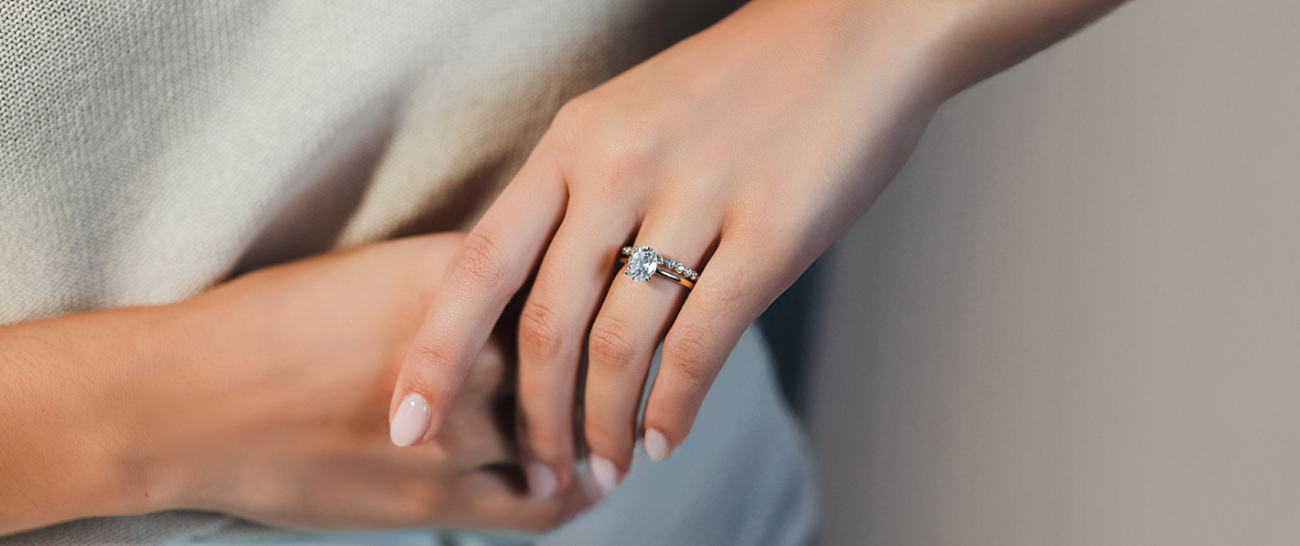Introduction: The Cultural Significance of Wedding Ring Placement
The wedding ring is one of the most universal symbols of love and commitment, yet its placement varies dramatically across cultures. From ancient anatomical myths to religious customs, the way we wear engagement and wedding rings tells a story about history, belief systems, and societal values.
Table of Contents
1. The Western Tradition: Left Hand Ring Finger
Historical Origins
The predominant Western practice of wearing wedding rings on the left hand's fourth finger stems from two key influences:
Ancient Roman Anatomy: The belief in the "vena amoris" (vein of love) that supposedly ran directly from this finger to the heart.
Christian Ceremonial Practice: Early Christian weddings incorporated piece blessings on the left hand during ceremonies.
Modern Western Practices
Contemporary customs have evolved while maintaining these roots:
Engagement Period: The engagement ring is worn alone on the left ring finger
Wedding Ceremony: The wedding band is placed closest to the heart during the exchange of vows
Post-Wedding Wearing: Many choose to wear both rings together, either stacked with the wedding band first, soldered together as a single piece, or alternated depending on occasion
2. Right Hand Traditions: Cultural Variations
Several significant cultures traditionally wear wedding jewelry on the right hand:
European Variations
Germanic Countries: Engagement rings on left hand shift to right hand after marriage
Eastern Orthodox: Including Russia, Greece, and Ukraine, where the right hand symbolizes strength and honor
Nordic Countries: Some regions of Norway and Denmark traditionally use the right hand
Middle Eastern and Asian Customs
India: While modern urban couples often adopt Western practices, traditional Hindu ceremonies may place rings on the right hand
Iran: Wedding bands are typically worn on the right hand
China: Increasing Western influence, though traditional jade bracelets remain important
Unique Case: Brazilian Tradition
Brazilian couples typically wear plain gold bands on the right hand during engagement, then transfer them to the left hand after marriage.
3. Alternative Ring Placement Traditions
Jewish Wedding Customs
In traditional Jewish ceremonies the ring is placed on the right index finger during the ceremony, then after the wedding, most move it to the left ring finger. This practice stems from the index finger being considered the most significant digit.
Cultural Exceptions Without Ring Focus
Indian Bichiya: Toe rings as marriage symbols in some regions
Chinese Jade: Historical preference for bracelets over finger bands
Middle Eastern Gold: Some cultures emphasize gold jewelry sets over singular rings
4. Contemporary Practices and Practical Considerations
Today's couples often blend tradition with personal preference through dual-hand wearing, non-traditional materials like silicon bands for active lifestyles, or tattoo alternatives for those with manual occupations. Those in healthcare often wear pieces on the right hand or necklace, while construction workers frequently opt for silicon bands, and musicians may alternate fingers.
5. Psychological and Social Aspects of Ring Wearing
Symbolic Weight of Placement
The chosen hand and finger often reflect cultural identity, religious affiliation, and personal values about marriage.
Non-Traditional Relationships
Same-sex couples and non-binary individuals are creating new traditions while often respecting cultural heritage.
6. Conclusion: Your Ring, Your Story
While traditions provide meaningful frameworks, today's couples have unprecedented freedom to honor cultural heritage, create personal symbolism, and adapt to practical needs. The most important aspect remains the commitment the ring represents, not its physical placement.









